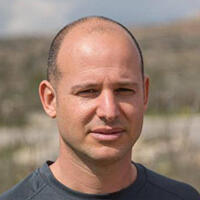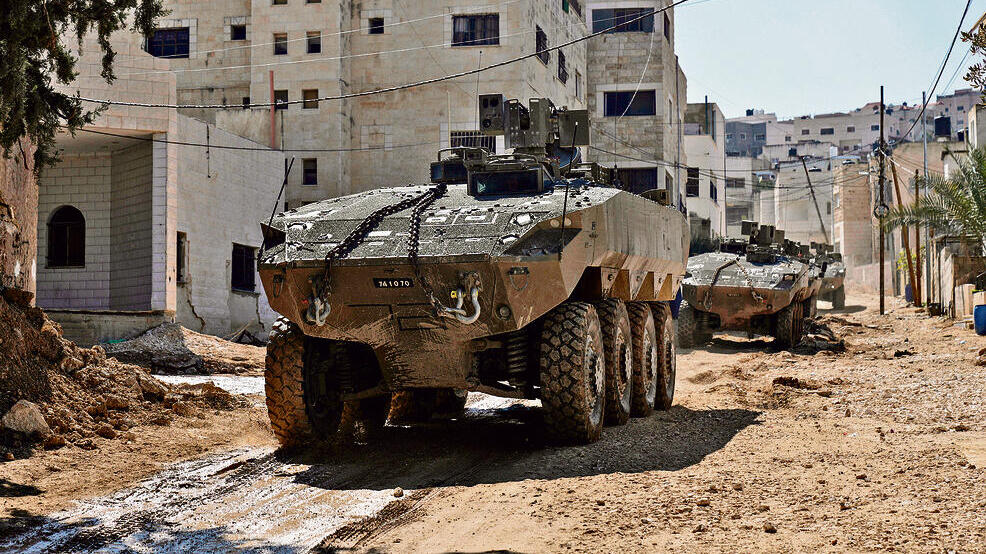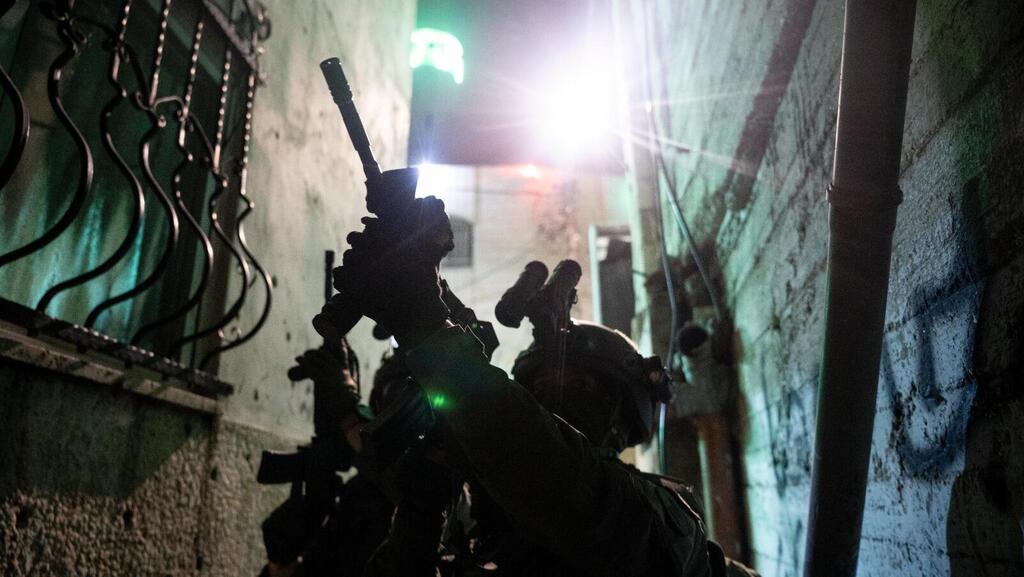Getting your Trinity Audio player ready...
The IDF has been carrying out a large-scale operation in the West Bank for the past two months, focusing on dismantling the territory's built-up Palestinian refugee camps as part of a broader effort to reshape the security landscape beyond the Green Line, which demarcates the border between the West Bank and Israel Proper.
The operation, codenamed Iron Wall, is centered on the Jenin, Tulkarm and Nur Shams refugee camps, where Israeli forces are targeting infrastructure and engineering projects following months of intense raids and strikes. Security officials say the goal is to maintain the army's freedom of movement within the camps and stabilize the area after dismantling terrorist strongholds.
Most terrorists have fled the camps, and Israeli forces have searched numerous homes that, according to security officials, were used as command centers and bomb-making facilities. In Jenin alone, the military has demolished 200 homes and cleared approximately five kilometers (three miles) of roads to facilitate troop movement. The camp, spanning 800 meters by 800 meters (about half a mile by half a mile), was deliberately fortified by terrorists to impede Israeli operations, IDF officials say. Narrow, densely built streets limited access to small vehicles, while obstacles were placed at entrances and exits to hinder Israeli forces.
"Every demolished house undergoes a thorough review by senior officers and legal advisers," a senior security official told Ynet, emphasizing that the demolitions are conducted with legal oversight.
The IDF intends to prevent Palestinians from rebuilding homes and roads in areas that have been cleared, aiming to preserve operational flexibility in future conflicts. In Nur Shams, Israeli forces have demolished approximately 30 homes and cleared about half a kilometer (one-third of a mile) of roads. In Tulkarm, 15 houses have been demolished, and a 200-meter (650-foot) road has been opened to facilitate future operations.
The IDF sees these engineering changes as a means of disrupting the transformation of refugee camps into terrorist hubs under the guise of preserving the Palestinian refugee narrative. According to security officials, refugee camps reinforce the concept of Palestinian displacement and attract international aid.
Israeli media reported that IDF Central Command is discussing similar plans for all 18 refugee camps in the West Bank. While there is no immediate intention to implement these measures, the plans are prepared for future use if other camps become terrorist strongholds similar to Jenin.
Get the Ynetnews app on your smartphone: Google Play: https://bit.ly/4eJ37pE | Apple App Store: https://bit.ly/3ZL7iNv
Israeli officials say the buildup of terrorist infrastructure in refugee camps resulted from years of limited military activity. The use of improvised explosive devices (IEDs) by terrorists has increased over the course of the war, with ten Israeli soldiers killed by IEDs in the West Bank since October 7, 2023.
Beyond the refugee camps, Central Command has deployed additional engineering equipment to bolster security and has scanned major roads connecting Israeli and Palestinian areas across the Green Line. Security officials say new gates have been placed at drainage channels to isolate areas during manhunts. The IDF also isolated the Jordan Valley from nearby Palestinian villages, including Tayasir, Far'a and Tubas, as a preventative measure following previous attacks.
As part of a broader strategy, the IDF has established a perimeter around the Jordan Valley to enhance control over movement in both routine and emergency scenarios.




